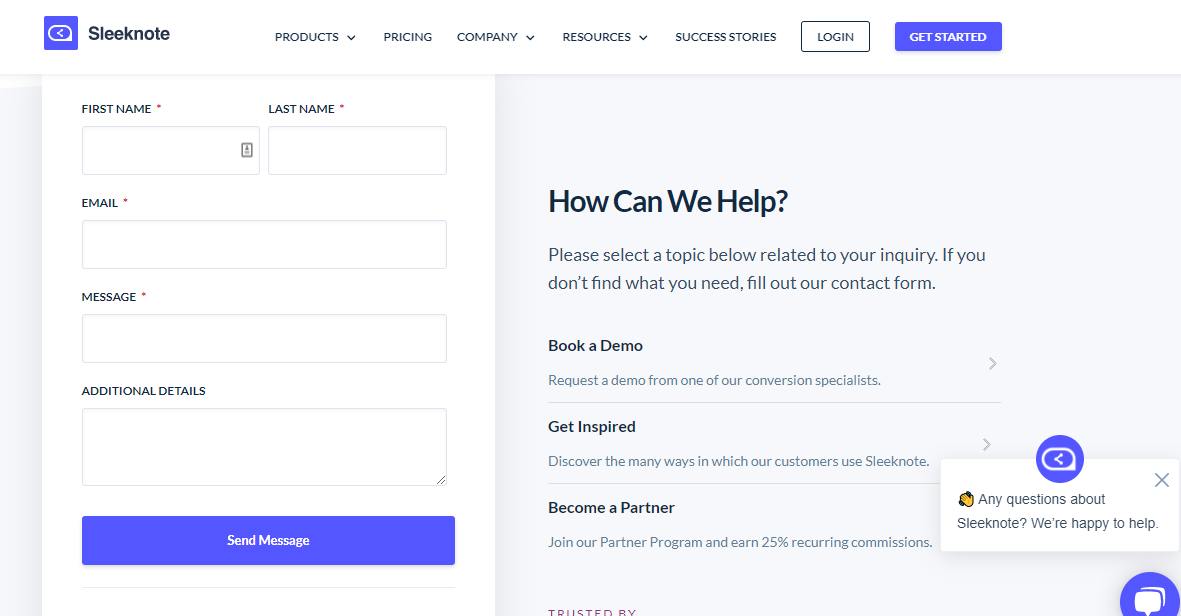
We are no longer living in a world where referrals and business cards were the sources of getting your word out there. If you are in the home improvement industry, a robust online presence could help you earn a bulk of leads.
As per LSA, consumers who research moving, lawn mowing, locksmith services, and pest control are most likely to use search engines. Over 55% of the consumers run a search before scheduling an appointment.
There are a plethora of home improvement entities operating out there. This gives consumers a vast range to choose from. Your virtual portal will tell these prospects what makes you different? They can sneak a peek into your work and check out your enticing offers.
However, your entire endeavour could crumble to pieces if you fail to adhere to the general home improvement website structure. There are a bunch of dos and don’ts for the virtual presence of every niche.
This blog sheds light on five essential factors that must be present in a home improvement website. Let’s scan them together:
Appealing aesthetics
An appealing website is crucial for remodelling companies. A poorly executed website reflects badly on the company making them come off stale and out of touch.
Apart from the visual construct, the way you layout information throughout the website also plays a role in its success. Good typography, for instance, takes the visitor on a journey by showing the relevant information and gradually flowing towards ancillary info. An excellent logo design is yet another component to make your mark with the prospects. Seeking the services of professional logo designers like Logo Design Valley can significantly help in this regard.
Some components to infuse in your home improvement website are:
- Contrast and pop the colors – The colors you choose for background, heading, text, navigation, and the links relay a message to the users. Test different colors to pick the most effective palette for your niche and audience.
- Layout organization – A striking combination of imagery and typography can compartmentalize information pleasantly and engagingly. An intelligent layout makes information consumption a fun practice.
- Consistency and continuity – Continuity is vital for conversion. When a user clicks to navigate another page, that page should match their expectations and deliver a continuous message.
- White space – Show your prospects how you value a clutter-free space. Your website should deploy adequate negative spaces to deliver the central message.
The user experience of your home improvement website is one of the crucial components of business success. Take sufficient measures to ensure that you create a lasting first impression through it.
Portfolio
One of the remarkable things about having a home improvement website is showing off all the work you have previously done. It is a digital portfolio that lets your visitors grab a perception of your successful projects in the past.
If they end up reaching out to you, they have accessed your work and know what they want from you.
Service sector sites need a portfolio because it illustrates your uniqueness, builds trust, and ensures that others could find you. The primary purpose of a portfolio is to catch visitor’s attention, and the following elements will help you achieve it:
- Your About Page – Let your potential clients see who is behind the work, get a glance at you, and what they get when seeking your services.
- A Showcase of Your Work – Video presentations, thumbnails, photo galleries, and slideshows are a bunch of ways to illustrate your prior work to the prospects.
- Case Studies – This is the section to show how you proceeded to the projects in the past. Define the story behind each, how it began, and the outcomes. The components to include cover project duration, your role, approach, and final reviews.
An extensive portfolio will deliver a message to the prospects, telling them how your services could help them achieve goals.
Reviews
Having some words from the clients helps those who have just landed on your page. People who liked your work will gladly praise your work with a glowing testimonial.
The online community loves reading reviews. Even when it comes to a professional home improvement website, the presence of reviews enhances your credibility. According to BrightLocal, 86% of the consumers read reviews for local business. It also shows that 57% of the consumers will only use a company if it has four or more stars.
To gather reviews, you can contact previous clients who were satisfied with your work. Ask them if they could willingly share their experiences on your website. As you move to different projects, you can ask new clients to share their reviews too. Ask them to tell how your company injected a new life into their homes.
Make sure you thank them once they do so.
Mobile-friendly Interface
Having a mobile-friendly interface is one of the most effective ways to keep the users coming. The mobile traffic surpasses desktop traffic, making it crucial to pay attention to this domain. This tells you that your remodelling website should have a mobile-first design. This means having icons large enough to tap with a finger.
In November 2016, Google decided to provide a mobile-first index for desktop and mobile search. This was an indication that websites could lose their ranking if not well optimized for mobile phones. IMPACT endorses its importance through research stating that 80% of top-ranked websites are mobile-friendly.
If your home improvement site pops atop the search grid, your sales will go up a notch. Google discovered that 40% of home services consumers who call from search end up making a purchase. Other popular actions they take include scheduling an appointment, inquiring about pricing, or operating hours.
Bear in mind; your mobile-first design should adapt quickly to different screen sizes. You can check how your design looks by using free responsive design testing tools. A coherent website structure should offer seamless navigation, easy-to-read fonts, and a flawless design.
Contact information and form
There is a low chance someone will opt for a company they cannot trust. One method to establish your credibility is through providing valid contact information. Having your phone number on display can significantly improve your conversion rate.
According to KoMarketing, 44% of website visitors will leave a brand website if there is no contact information or phone number. So if you create a home improvement website, make sure there is an easy way for people to contact you. You may also consider using a contact form so potential clients can fill those, and you can call or email them to book a consultation.
Sleeknote is a portal that shows us how to make it easy for customers to contact a brand. They ask how they can help and provide links to book a demo or become a partner. In case the user needs further information, there is a contact form to fill for them.

Final Thoughts
When you are designing a business website, there are some basic rules to follow. Apart from that, every niche has its specific requirements for a virtual existence. It is crucial to acknowledge all primary factors and then move ahead to reach your potential customers.
We hope our blog helped you gain insight into what makes a successful home improvement website. A great new website can make magic happen if executed with the right strategies in place.
We hope you will rock the charts pretty soon!
Author Bio:
Erica Silva is a blogger who loves to discover and explore the world around her. She writes on everything from marketing to technology. She enjoys sharing her discoveries and experiences with readers and believes her blogs can make the world a better place.
Find her on Twitter: @ericadsilva1

